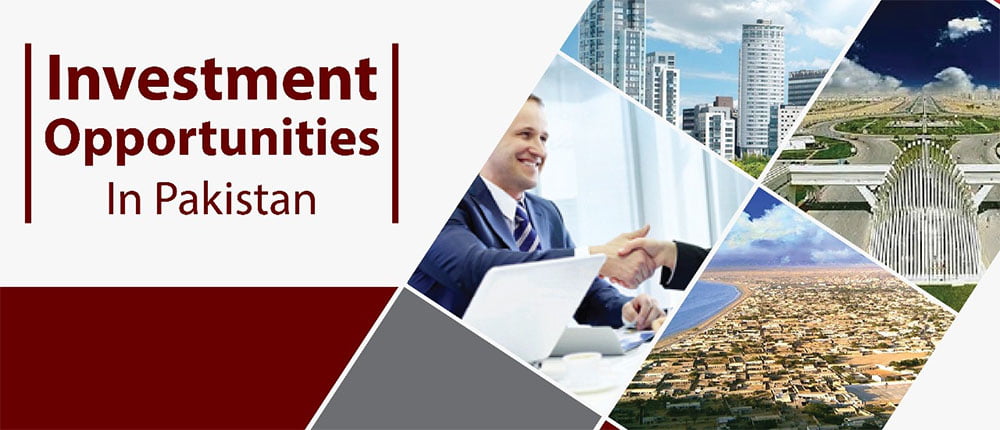Purchasing a home (whether a house or an apartment) is widely considered a secure and profitable form of investment. And in Pakistan’s case, there is more truth to this statement than meets the eye. A distinctive feature of the country’s real estate sector is that it hits record highs and lows over a relatively short period of a few years. At times of bullish trends in the market, the sector attains unprecedented growth levels of over 10%. In sharp contrast, the realty industry in most other parts of the world follows a more steady growth pattern.
The State Bank of Pakistan (SBP), in its report on ‘The State of Pakistan’s Economy’, recently noted that the combined contribution of the construction and housing sectors “has been consistently higher than nine-percent over the past decade”. The document further mentioned that the real estate industry stimulates activities in other affiliated sectors of the national economy – such as cement, wood, steel, bricks, and cables.
Unprecedented Growth Trends – Leading to High Investment Returns
The central bank also cites data on concurrent market prices in the same report. Since 2011, according to estimates, the prices of plots in Pakistan have nearly tripled, whereas house prices have surged by 139%. Experts identify this market dynamic as having been fuelled by intensive speculation. They say that investors in Pakistan treat real estate as a commodity: property is purchased in bulk, and later sold for higher gains.
Such activities are no longer limited to the mainstream urban centers. Gated communities, for instance, are increasingly gaining traction in the smaller cities, as opposed to their somewhat slower entrenchment in major metropolises like Lahore, Karachi and Islamabad. These large-city locations have almost reached saturation levels concerning their land availability for new projects. A large number of builders and developers have also opted for apartments and mixed-development situated in the suburbs of these cities.
In documenting these trends, local property experts think that increased levels of urbanization and migration have resulted in the development of second-tier city centers. They also see no merit in the perception that the residential and commercial projects in these areas are affected by low consumer demand. Instead, they contend that the residents of smaller cities have a lot of buying power and affluence – owing to a flourishing agrarian economy that works to keep their pockets full.
Exorbitant Profits are ‘in for the taking’
When questioned on why real estate is considered to be the most attractive form of investment in the country, property market gurus refer to it as being a staple mode of securing hard-earned money that yields both short-term and long-term gains. Investors, further, have the option to choose from plots, houses, farmhouses, and apartments; some of the safest kinds of securities on offer.
A good way to sift through these choices (as many locals have learned by now) is to make use of one of the many online platforms that have recently emerged in the country’s web-scape – all targeted at cashing-in on some part of the real estate pie. Some, such as the recently launched feeta.pk, work by providing free access to dynamic property listings (considered ready for the taking). Others are organized more along the lines of a conventional brick ‘n’ mortar real estate brokerage – where you first have to go through a ‘middle man’ to connect with your preferred property option.



